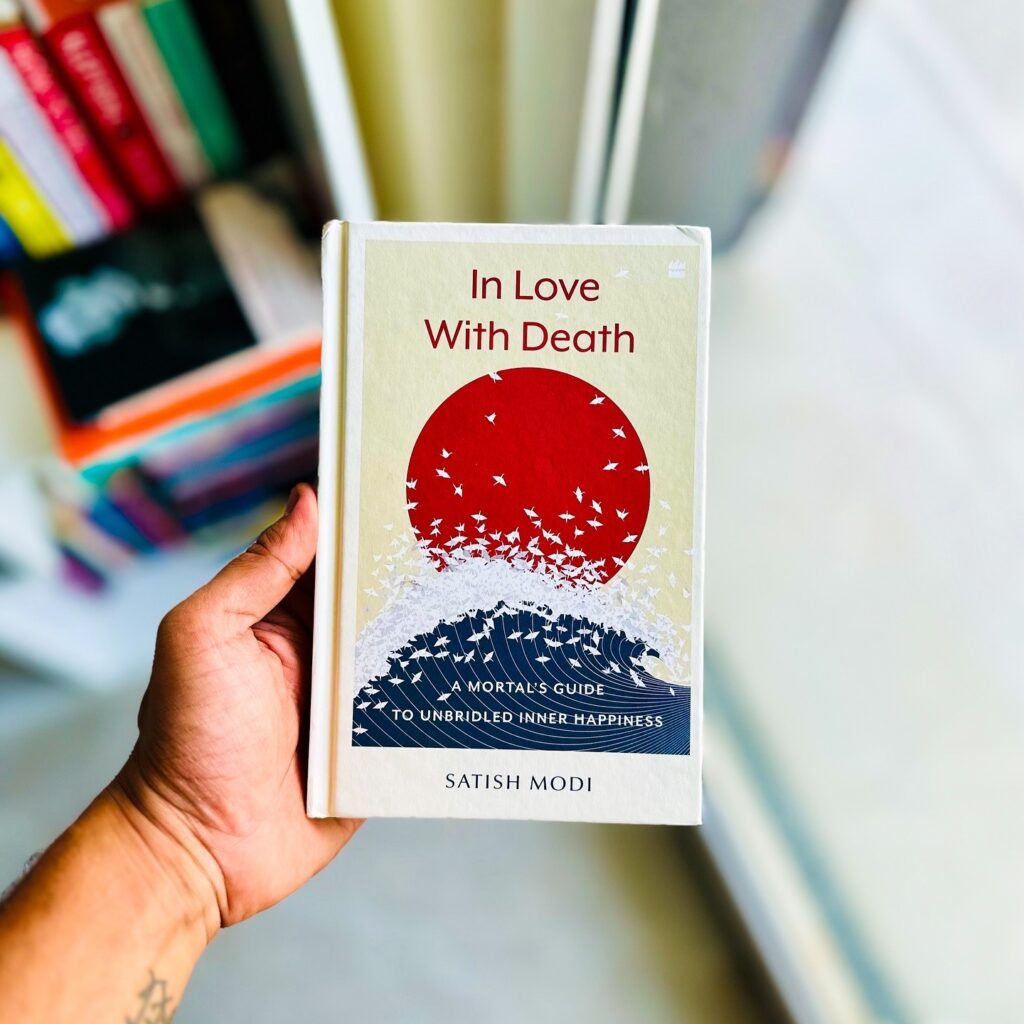Physical Address
304 North Cardinal St.
Dorchester Center, MA 02124
Physical Address
304 North Cardinal St.
Dorchester Center, MA 02124

In Love With Death – Finding Freedom in Life’s Shortness
In Love With Death is a remarkably accessible and insightful collection of reflections that argues that our constant awareness of mortality is actually the most potent “catalyst” for embracing life fully. The author approaches this potentially overwhelming topic with a humble and conversational tone, inviting the reader to engage directly with the “great worry that we carry with us through life”: the certainty that “We die”. The book masterfully contrasts this profound existential fear with the small, everyday frustrations we constantly face, such as bills, traffic, and the nuisance of weight gain or hair loss. The central, hopeful paradox of the book is that thoughts of death should fundamentally bring us “feelings of freedom” and serve as sharp reminders of life’s brevity. This is not a morbid read, but rather a direct and compelling argument to change our focus and spur us toward a “better life”.

A key strength of the book lies in its tangible approach to abstract concepts like time and human impermanence. The author illustrates our journey using simple items like cutlery: a knife and fork symbolizing the beginning and inevitable end, with a salt cellar placed between them to represent the individual’s current location in life. This visual “game” makes the proximity of the end point—the “knife”—feel intensely real and significant. The book explores how our perception of time evolves, noting that as children, we often harbor an “immature and uninformed sense of mortality,” believing our days will “stretch on forever”. This belief is shattered as we learn “how short our time on earth is”. Through the personal story of Eric, an incarcerated man, the book vividly demonstrates how easy it is to “kill time” when free, only to realize later that one “can’t argue against or influence a ticking clock” once time is lost. The work underscores the unfortunate human habit of trying to “kill time,” oblivious to the truth that “time quietly kills them”.
Beyond time, the book grounds philosophical inquiries in deeply human accounts exploring the complexities of trust and materialism. The author notes that to fully experience “love or joy,” we must risk vulnerability by placing our trust in others, making us “never so vulnerable”. A betrayal is described as a “breach of trust,” creating pain that can feel almost “physical”. The narrative of a firefighter named JP highlights this painful truth, showing that while trust is introduced with words, its “worth” is only proved over years of action and time, yet it can be “swept away” in a few seconds. The book also sharply critiques the acquisition of wealth, arguing that money, while providing comfort, frequently leads to “loneliness” and suspicion, as the rich perpetually “wonder about the motives of others”. This material obsession is tragically shown through the story of Frank, a successful businessman, who realized his relentless focus on money prevented him from being “fully present” for his children. He ultimately finds that money “buys things that look like happiness, but the real path stretches away from money”.
In Love With Death offers profound wisdom by blending extremely varied outlooks on existence. We hear from materialists like Terence, who believes our bodies are merely matter that will disintegrate into three kilogrammes of “dust”, and from deeply religious individuals like Helen, who views death as a “gateway” leading to the soul’s reunion. Julian, battling cancer, offers a powerful testament to endurance and the practice of living fiercely in the “now,” suggesting that true renewal comes from “dying to everything of yesterday”. The book advocates for seeking out moments of everyday wonder—from listening to the calming “music” of rain on a roof to marveling at the gift of a single footstep—to live a complete life. The final message is one of enduring love: grief is seen not as a linear process, but as a “muscular, rounded growing process” that proves the “inescapable link between profound pain and deep love”. It concludes that the simple act of resurrecting and keeping a loved one’s memory “alive” is the “small, beautiful act against death” that defines our humanity.